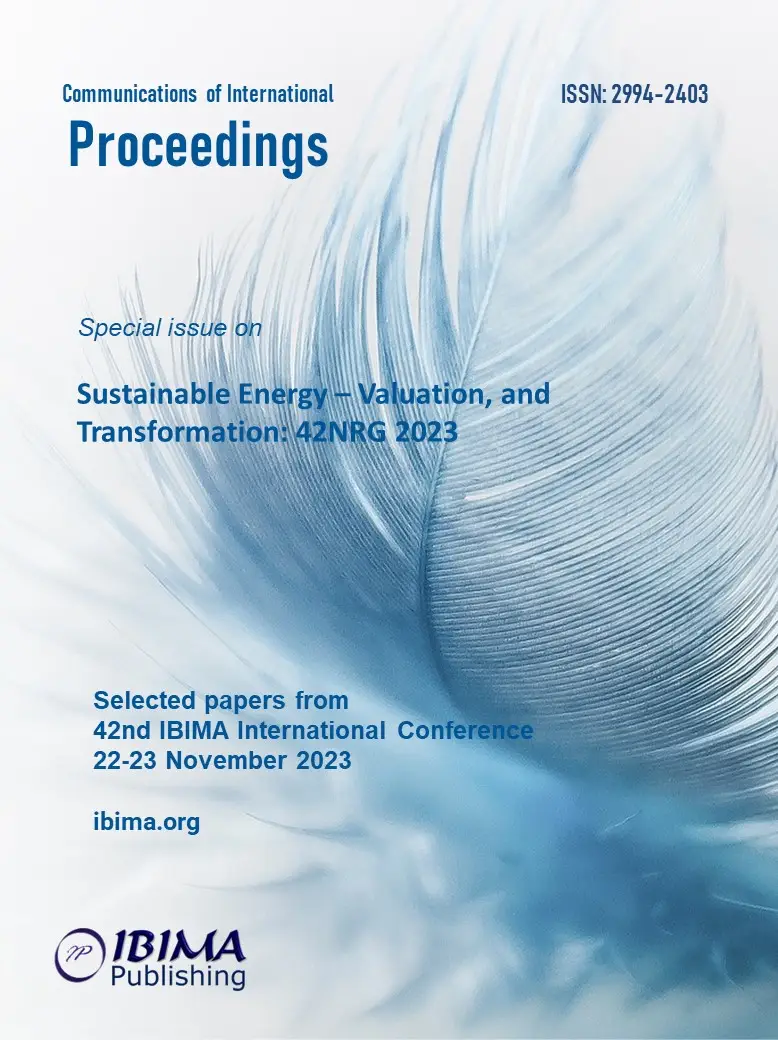
Kamil Adam WĘGRZYN and Jacek CZERNIAK
Cracow University of Economics, Cracow, Poland

Achievements in the field of Renewable Energy Sources (RES) have revolutionized the traditional and centralized energy model into a modern and decentralized one, utilizing existing energy infrastructure. Photovoltaic modules have become a popular source of emission-free and renewable energy. The prospects for the future of the energy market are promising, thanks to technological advancements in the Renewable Energy Sources industry.
The optimal conditions for the operation of a photovoltaic module are a temperature of 25°C, air mass of 1.5, and sunlight intensity of 1000 W/m². Furthermore, industry literature confirms that the most optimal angle of solar radiation incidence, guaranteeing the highest energy yield, is 90 degrees concerning the surface of the photovoltaic module. Such conditions are challenging to achieve in the daily operation of micro photovoltaic installations.
Scientific research on RES focuses on creating new photovoltaic cells, optimizing existing installations, and facilitating economic improvements in generator procurement. In this paper, the authors investigate the impact of environmental conditions on the efficiency of photovoltaic cells, paying attention to temperature and the angle of solar radiation incidence.
The authors conduct measurements in laboratory conditions to study the influence of the angle of solar radiation incidence on the temperature and efficiency of photovoltaic modules, seeking a compromise between the optimal angle and cell temperature.
To verify their research assumptions, the authors develop a measurement device prototype along with a research module. Analysis of measurement data based on current-voltage characteristic models and temperature readings allows the authors to positively verify their research assumptions: